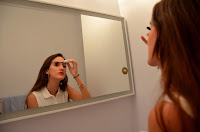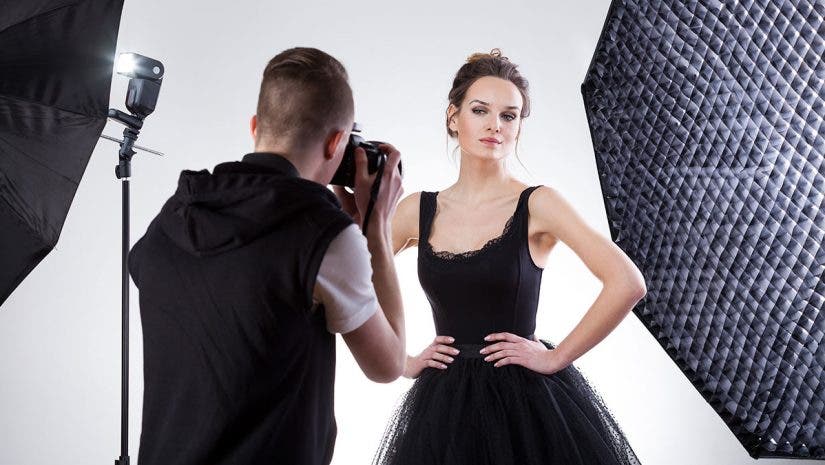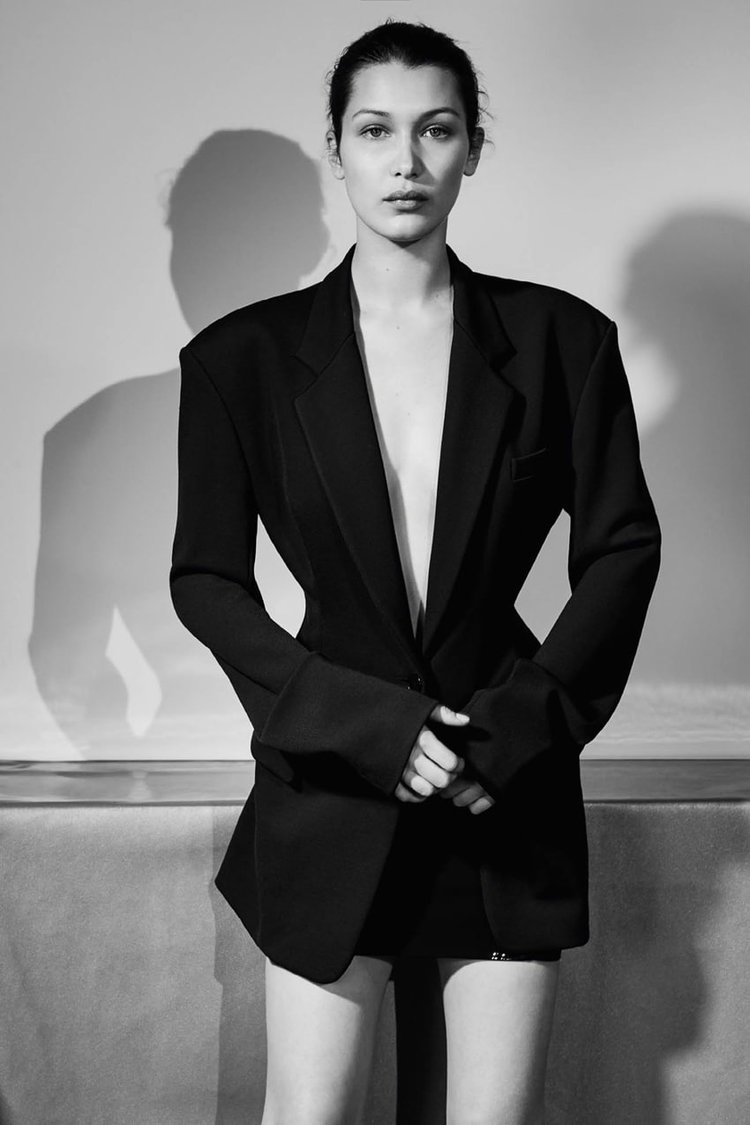I decided to switch up the picture collage template already present on Canva. It was hard to work with this collage as it didn't necessarily suit the pictures I have. It was somewhat harder than I anticipated to make my pictures and headings work with the template. I started inserting pictures and found the following four that I decided to utilize for this page (with respective headlines):
how color can change your life (2-page spread)
how to keep those beachy waves
how to get tropical close to home
 I organized these on the left-hand side of the page, then started organizing headline sections. I studied tables of contents in magazines such as Vogue to get inspiration for mine. Issues of Vogue have sections such as Every Issue and Seasonal that I decided to imitate for my magazine. Since my magazine is seasonal, I felt these sections would be fitting.
I organized these on the left-hand side of the page, then started organizing headline sections. I studied tables of contents in magazines such as Vogue to get inspiration for mine. Issues of Vogue have sections such as Every Issue and Seasonal that I decided to imitate for my magazine. Since my magazine is seasonal, I felt these sections would be fitting. This is an example of my table of contents while still in the works, with some of the past template still included. As can be seen, I organized three sections, On the cover, Seasonal Tips, and Style (which later turned into Every Issue as I mentioned previously). I am in the process of adding more headlines and adding page numbers. I also decided to make the TOC page the same color as the font of my cover page for continuity purposes. This color is part of my magazine's theme, as it is a very summer like color and bright and attractive. I kept the font I am going to use for my subheadings on my cover page as well, Cantata One. The smaller font is Libre Baskerville.
I'm going to be finishing up my TOC and moving on to my double page spread now. :)
































